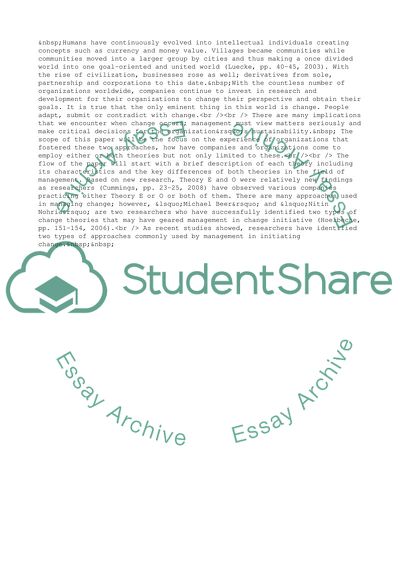Cite this document
(Effective Organizational Change Management Term Paper, n.d.)
Effective Organizational Change Management Term Paper. Retrieved from https://studentshare.org/management/1561738-managing-change
Effective Organizational Change Management Term Paper. Retrieved from https://studentshare.org/management/1561738-managing-change
(Effective Organizational Change Management Term Paper)
Effective Organizational Change Management Term Paper. https://studentshare.org/management/1561738-managing-change.
Effective Organizational Change Management Term Paper. https://studentshare.org/management/1561738-managing-change.
“Effective Organizational Change Management Term Paper”, n.d. https://studentshare.org/management/1561738-managing-change.


